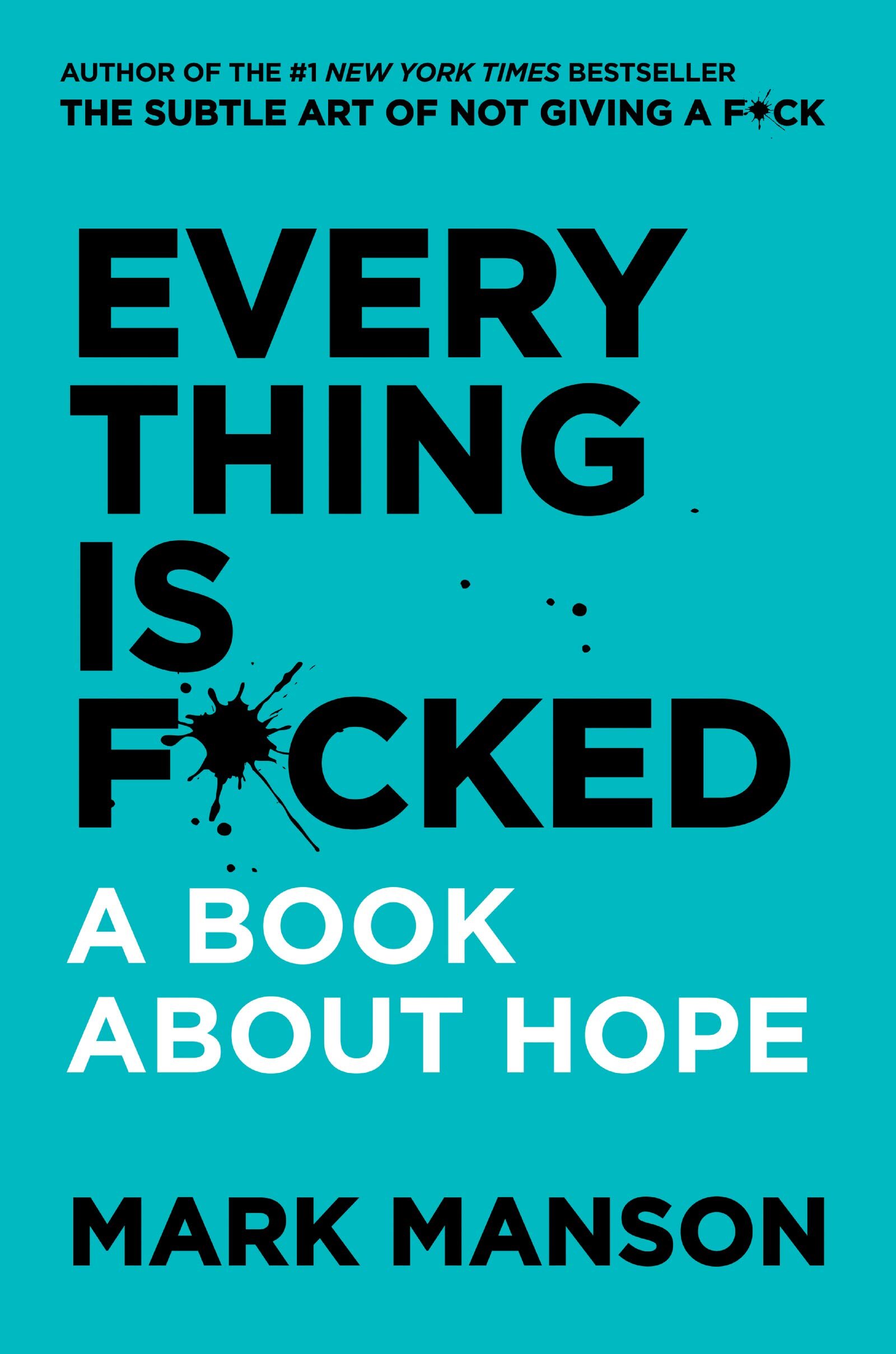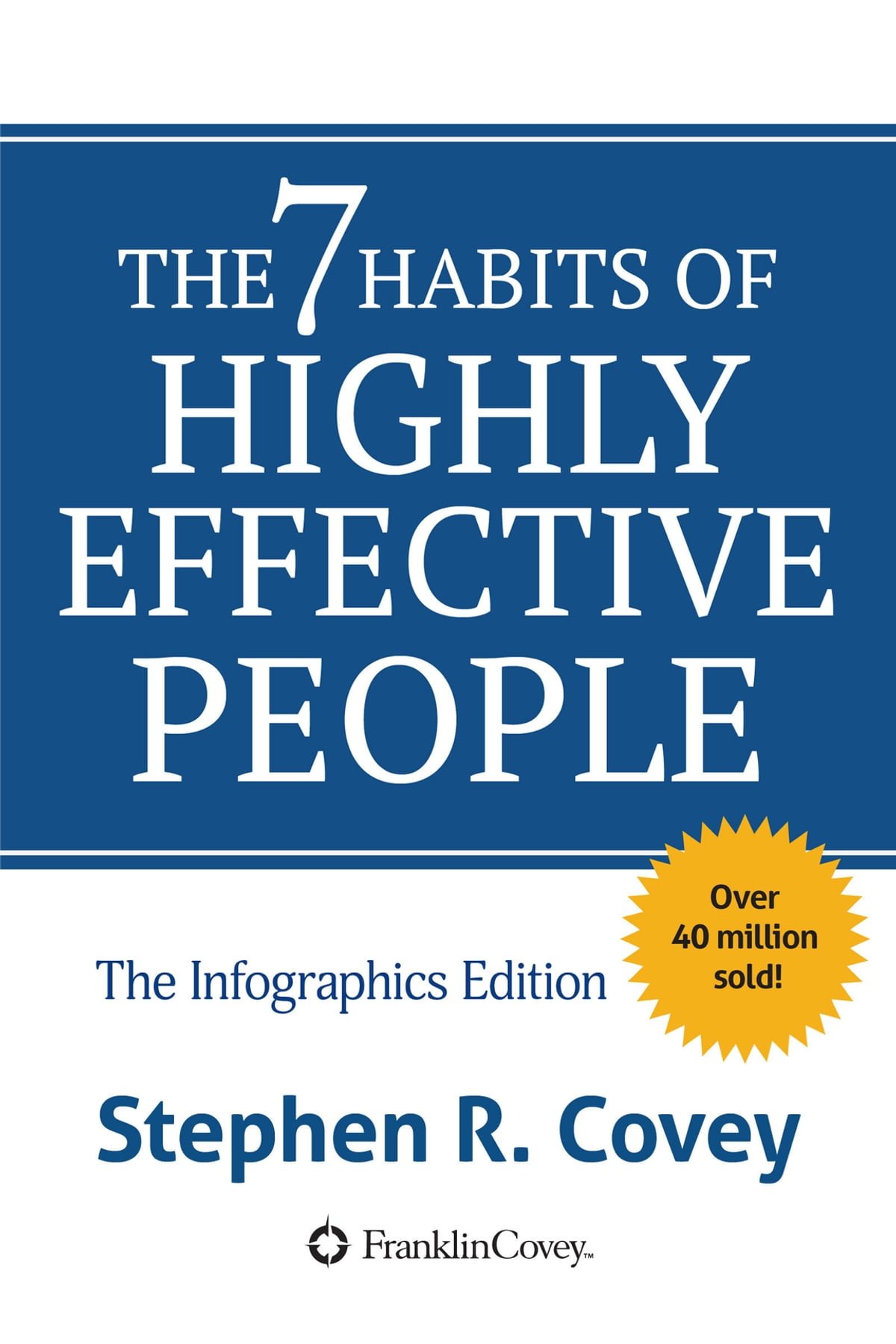Everything is F*cked: A Book About Hope
This book is Manson’s sequel to the bestseller “The Subtle Art of Not Giving a F*ck” (which received rave reviews, though I cannot attest to it as I skipped over it; how rare for my compulsive tendencies). As with the title, the book starts loud, flashy, and bordering on pretentious.
This must be one of the most problematic books I’ve struggled with. I thought about stopping mid-way; I had to push through and focus on crunching the paragraphs. The second half of the book is where it gets exciting. However, I did a double-take on many theories because I couldn’t fully comprehend what I was reading.
To be fair, it can hardly be considered an easy read when it’s a philosophy book. However, Manson is well-read in philosophy, psychology, and political science and was able to combine different concepts fluidly. In addition, he’s adept at taking mundane subject matter and spicing it up with lingering metaphors, all with his original sense of dark humour.
“Act that you use humanity, whether in your own person or in the person of any other, always at the same time as an end, never merely as a means.”
Unfortunately, topics like religion are deep-rooted, complex and controversial. I remember taking one philosophy course in my university days — barely a bright thinker, even though the subject intrigued me in ways no other could (for those interesUnfortunately, topics like religion are deep-rooted, complex and controversial. I remember taking one philosophy course in my university days — barely a bright thinker, even though the subject intrigued me in ways no other could (for those interested, see The Drowning Child and the Expanding Circle by Peter Singer). So yes, there is merit to concepts like “morality” and “pain”. However, while Manson’s insights are sensible (in the context provided) and explain our messy world, it feels as if we’re jumping to conclusions when we’ve barely scratched the surface. Although subtitled“a book about hope”, what is conveniently left out is that it’s ultimately about “why hope is destructive” rather than “sparking hope”. The bait-and-switch was disappointing.
Another peculiar observation is that footnotes take up approximately 20% of the book, comprising straight-up references plus retorts on specific topics. What started as witty eventually became manipulative, as if Manson was taking advantage of readers who assumed different contexts simply because they did not read the footnotes in parallel.
Nevertheless, the book is still thought-provoking — an excellent introduction to valuable topics that most people don’t give enough thought to — just be prepared to digest it with a grain of salt. I, for one, will need to reread it later to decide how much of it has stuck with me. Many have recommended books by Yuval Noah Harari instead, which explore similar topics (even arriving at similar conclusions) but feel substantially grounded with more minor exaggeration. For now, the abrupt ending has left me pondering, what is the whole point of the book?
Key takeaways:
The Uncomfortable Truth: One day, we will all die, and our existence will become inconsequential. Everything we do is to avoid confronting it by inventing our importance and purpose.
Amor fati, “love of one’s fate”: Uncompromisingly accepting all that happens in life. The extension is not to hope for anything but instead act despite the bad and be better.
The Formula of Humanity: Treat people as an end, not a means. Period.
The Blue Dot Effect: We will always find threats regardless of how safe the environment is. By extension, our perception and judgment follow our emotional tendencies rather than vice versa.
Antifragility: We benefit by accepting and actively seeking out discomfort because pressure fosters growth and maturity, allowing us to exert better control and more robust principles.
This post may contain affiliate links, meaning when you click the links and make a purchase, we receive a commission.
Feeling inspired?
Check out more books below!















